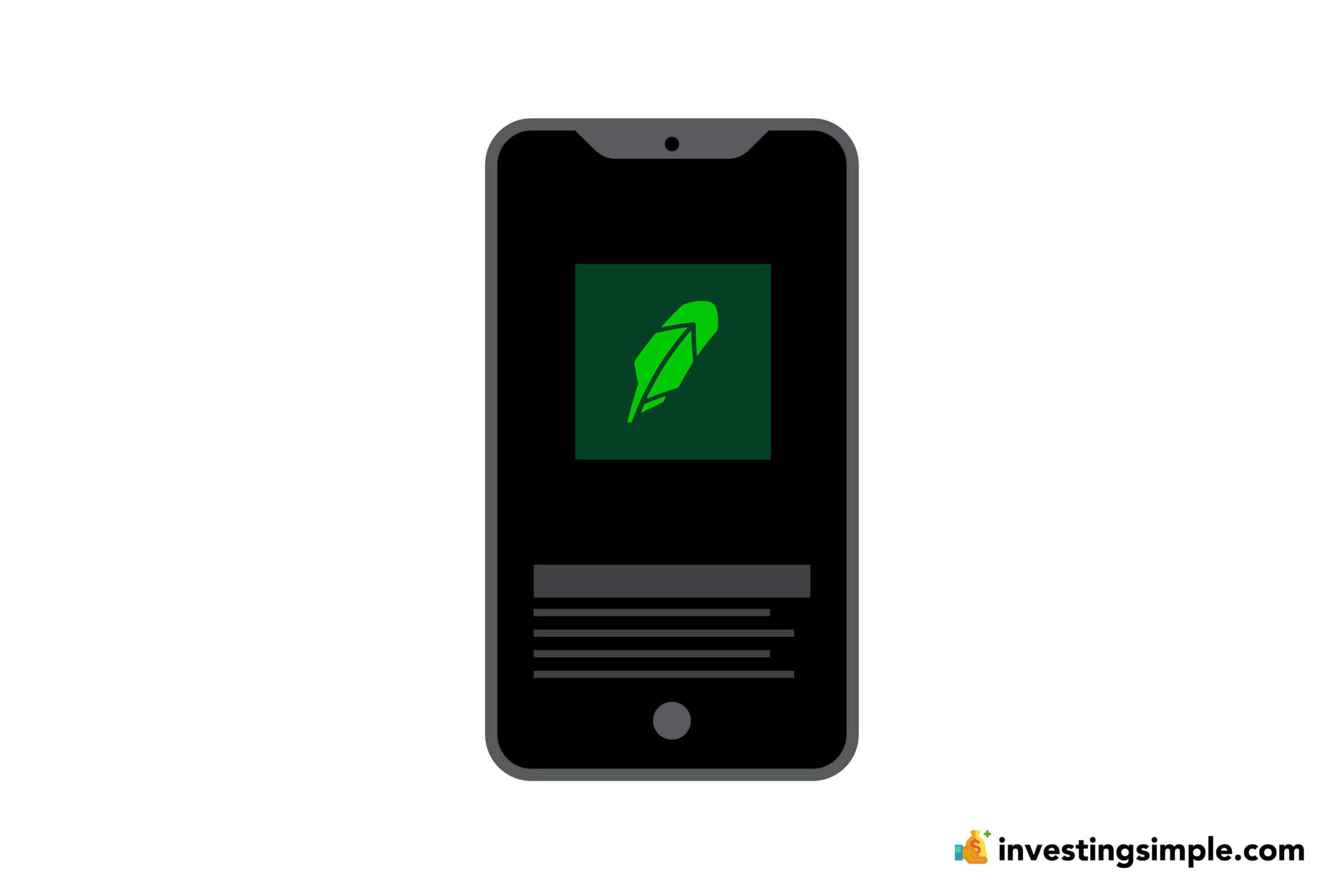





Real time quotes on securities are just what the name implies; the actual price of a security at that very instant in time.
Investors often rely on real-time market data to make informed decisions when trading stocks.
In the realm of online trading platforms, Robinhood stands out for its user-friendly interface and accessibility. But the question remains, are the quotes provided by Robinhood truly in real-time?
Keep on reading, or check out my full Robinhood tutorial video below!
Robinhood is a popular "all-in-one" investing app.
While they are most well-known for their commission free stock trading, they've recently shaken up the Retirement Investing World too.
Introducing Robinhood Retirement; home of the biggest IRA match on the market.
Here's what you need to know:
And don't worry, this comes with a Portfolio Builder Tool. You don't have to construct your investment portfolio from scratch if you don't want to.
Lastly, you'll even get a free stock worth up to $200 when you open a new Robinhood account using our link.
A quoted price is the most recent price at which a security is traded.
The quoted price of investments such as stocks, bonds and other commodities change constantly throughout the day.
This happens because of the many factors and events occur that affect the financial markets and the value of various investments.
The quoted price represents the most recent bid and ask prices that buyers and sellers are looking for.
Unlike real time quotes, they lag behind the real time quotes by about 15 to 20 minutes.
Delayed quotes are usually good enough information for a casual investor who isn’t looking to time the market.
Delayed quotes provide a general ballpark of where stocks and indexes are. They give an overall idea of whether they are trending up or down.
Robinhood quotes are indeed in real-time, sourced from reputable exchanges like Nasdaq.
When it comes to market prices, Robinhood taps into reputable sources such as Nasdaq Last Sale or BOATS (Blue Ocean Alternative Trading System) to obtain the most recent trade prices for securities.
Particularly during trading hours, Nasdaq's extensive liquidity makes it one of the most reliable sources for real-time trade data.
This ensures that users receive up-to-date information crucial for their investment strategies.
There is, however, something called Level II market data which is only accessible via Robinhood Gold.
This is the paid service that costs $5 per month (more if you use Margin).
Level II market data provides investors with more information by showing multiple bid and ask prices for a stock, rather than lumping all of this data in together.
Level II market data on Robinhood is made available by Nasdaq Totalview.
Professional traders often use this information to make trading decisions. However, regardless of if you are using Level II market data or the basic market data, both are in real time.
If you want to learn more about Robinhood, check out our full beginner's guide about how Robinhood works here.